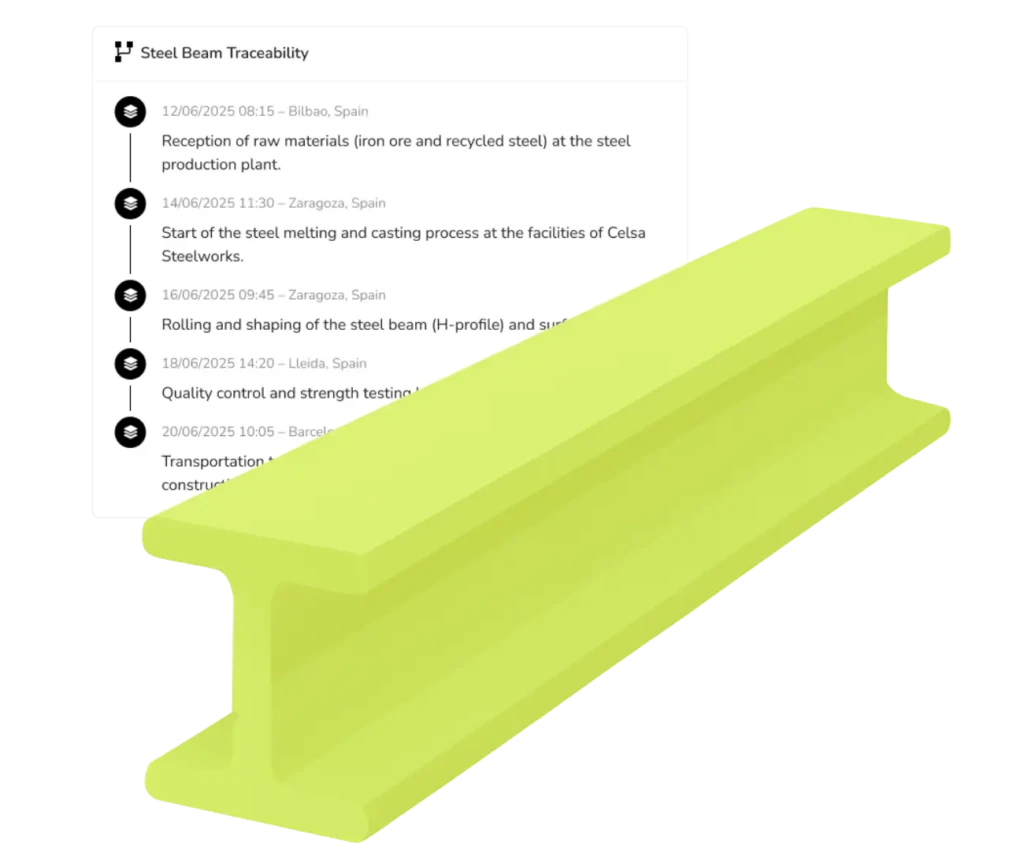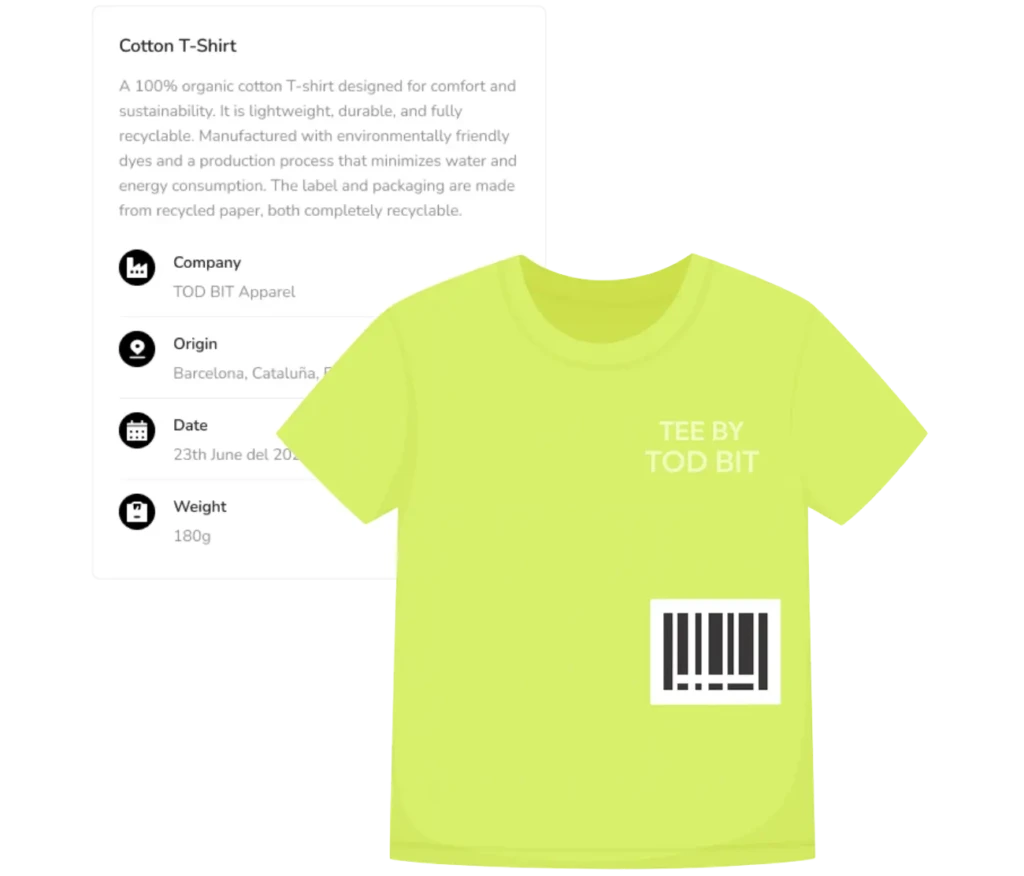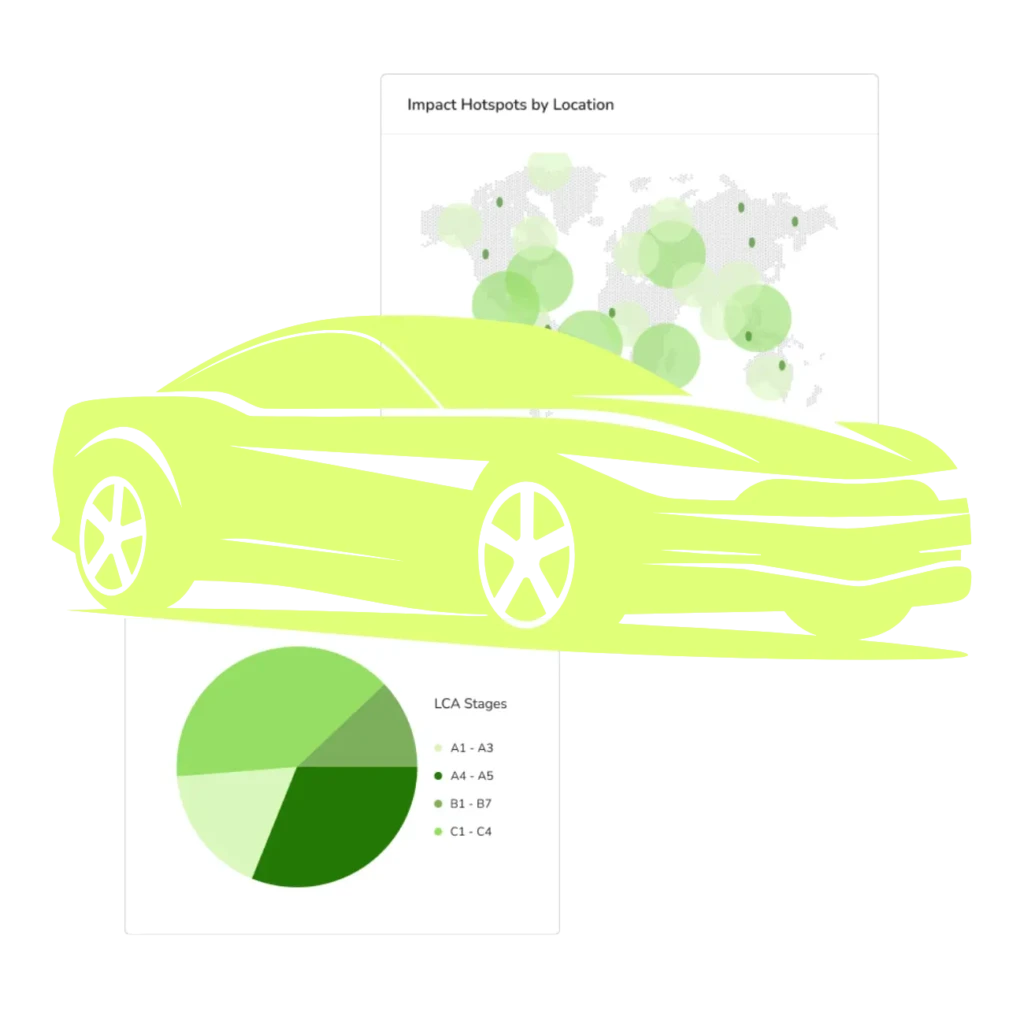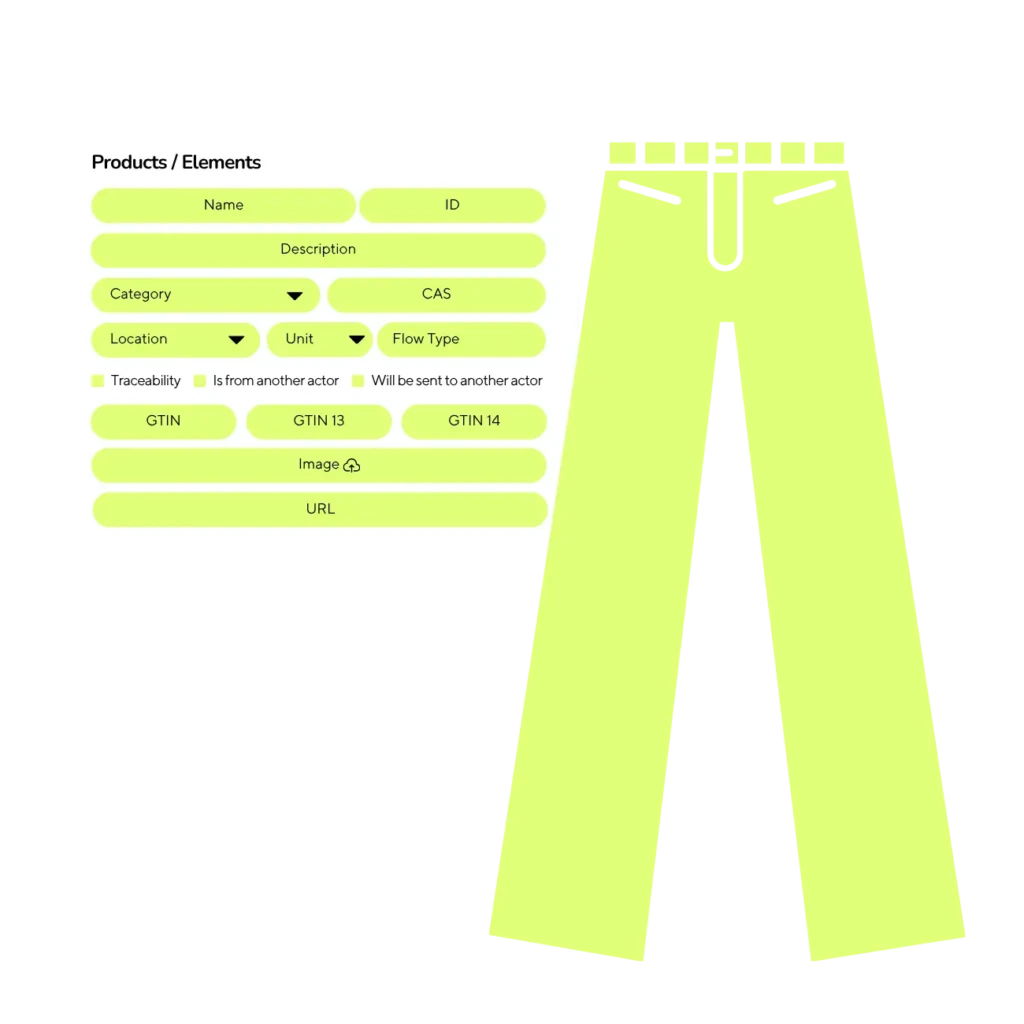Ensure the authenticity of your data with verifiable credentials
The CircularPass Verifiable Credentials module allows you to digitally issue, sign, and validate key information about products, processes, or actors in the value chain.
Thanks to its interoperability and optional blockchain anchoring, credentials can be shared and verified in a secure, transparent, and auditable manner.


What are verifiable credentials?
Verifiable Credentials are digital certificates that prove that information is authentic, complete, and issued by a trusted source.
They function like the digital version of a signed document, but with a fundamental difference: the information is stored structured within the credential itself, in a standardized format that can be read and verified by any compatible system.
Each credential contains essential data about the product, process, or entity, along with the identity of the issuer and a cryptographic signature that guarantees its authenticity.
Thus, the content is not stored as a simple attachment, but as a verifiable, portable, and interoperable digital object, aligned with the W3C Verifiable Credentials standard.
Optionally, the credential's digital fingerprint (hash) can be anchored in the blockchain, strengthening its traceability and ensuring that the information has not been altered.
How do verifiable credentials work?
Verifiable Credentials work based on a simple yet powerful model, defined by the W3C international standard.
It involves three main actors: issuer, holder, and verifier.
The issuer creates a digital credential that contains structured data about a product, process, or entity.
The credential is cryptographically signed and can be anchored to the blockchain to strengthen its integrity.
The holder stores the credential and shares it when he or she wants to prove the veracity of his or her data.
The verifier verifies its authenticity instantly, without having to contact the issuer.
Other Features



Start Your Journey to Supply Chain Transparency Today
Start Your Journey to Supply Chain Transparency Today
